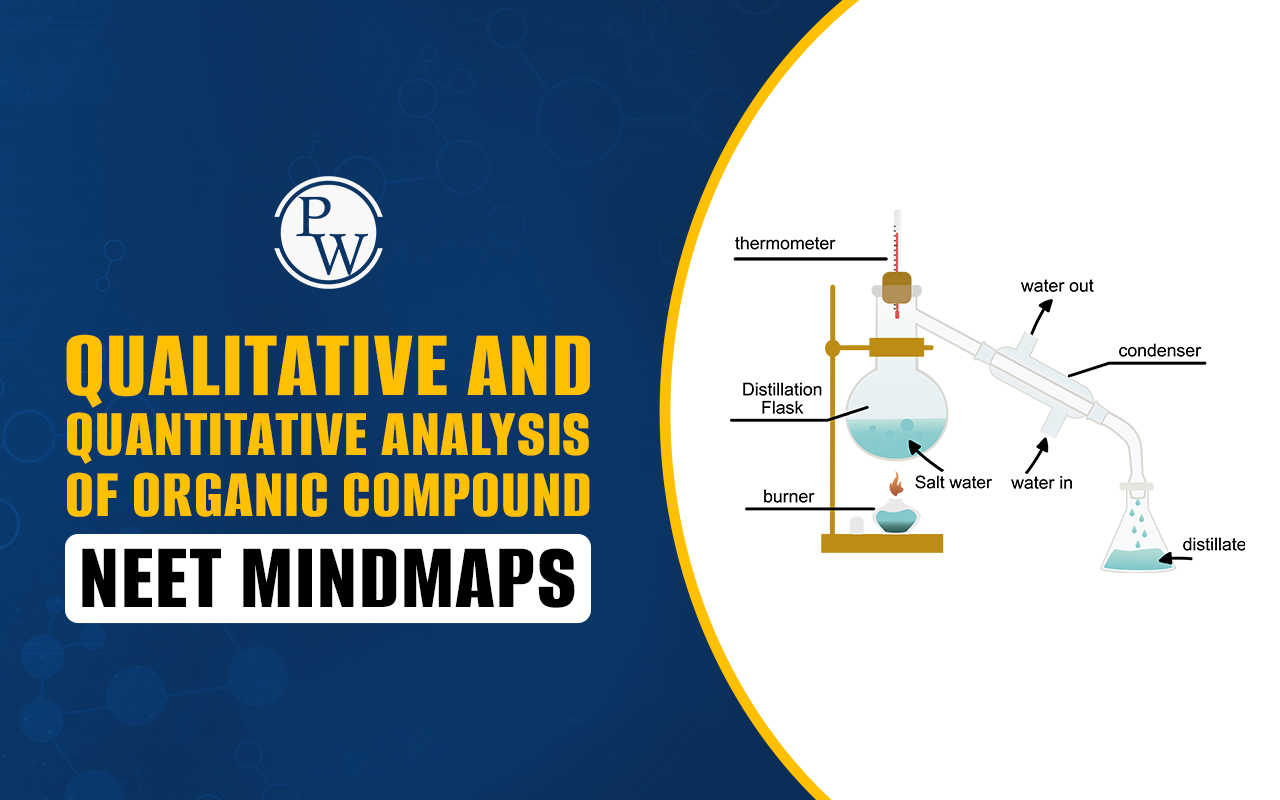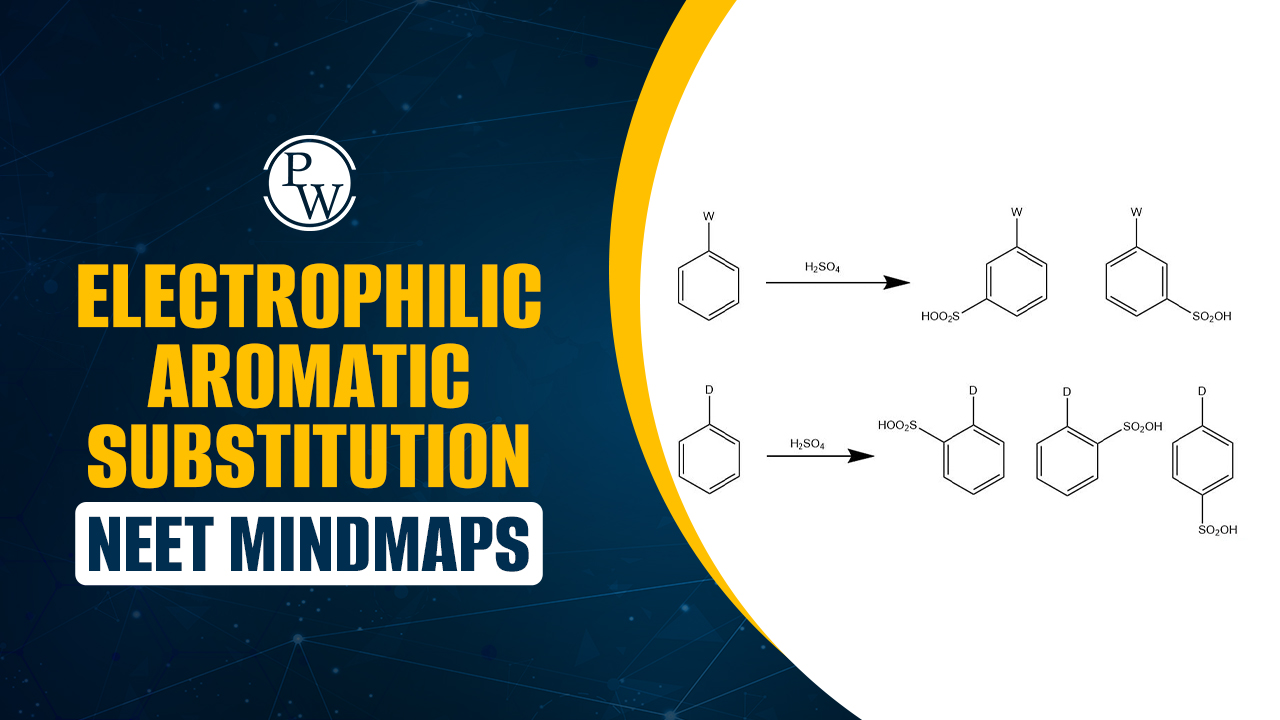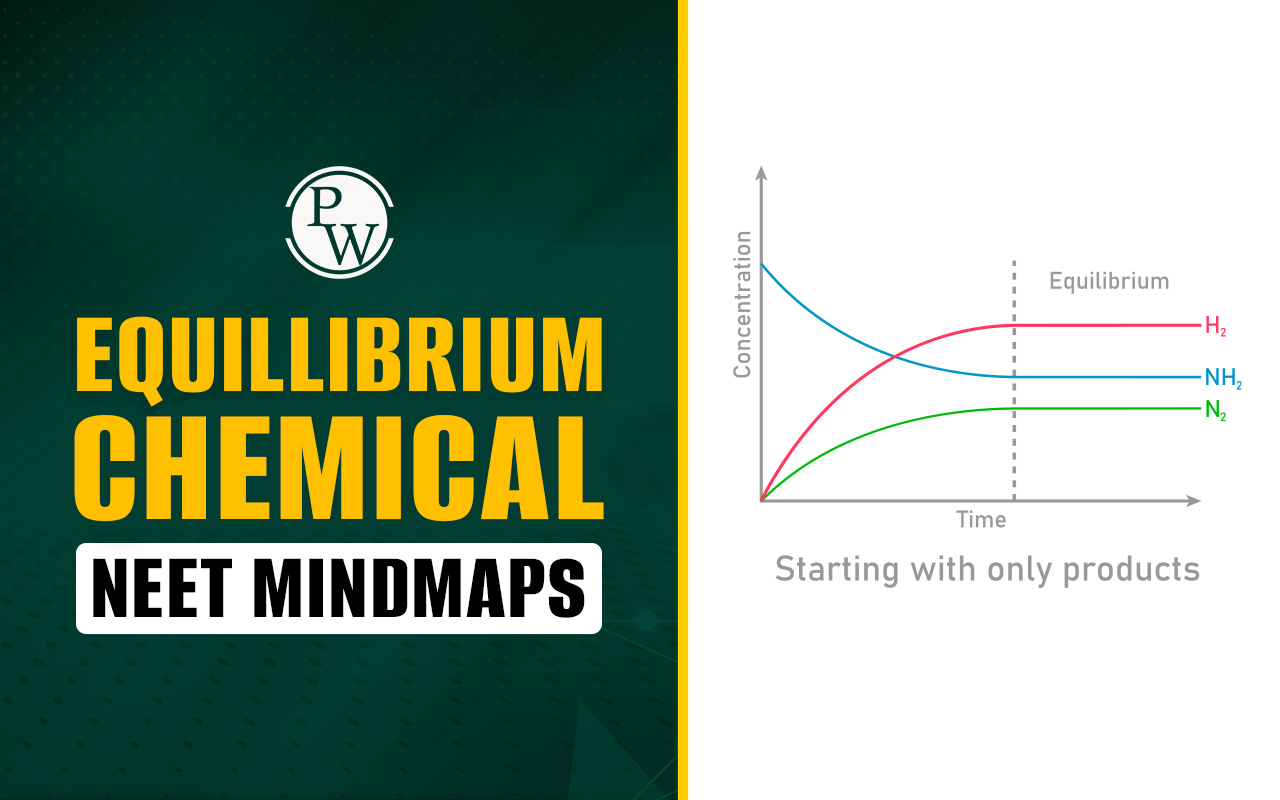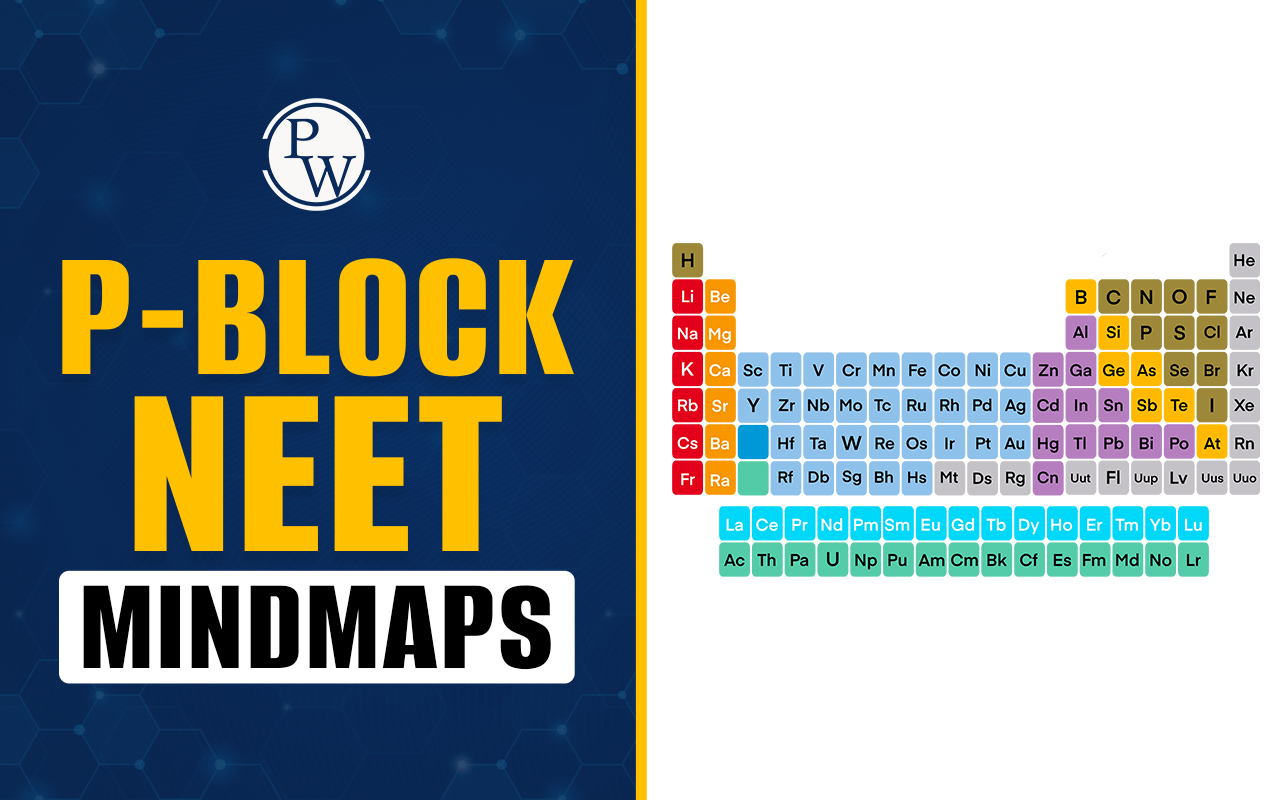

NEET Exam Pattern 2026: The NEET exam is a very important test for students who want to become doctors or dentists in India. Every year, lakhs of students prepare for this exam. NEET is a national-level exam conducted by the National Testing Agency (NTA). It helps students get seats in MBBS, BDS, and other medical courses. To do well, students must understand the exam pattern clearly. The exam pattern tells us how many questions will come, how much time is given, and how the marks are given. In NEET 2026, the exam pattern is expected to remain the same as in NEET 2025. If there is any change, NTA will share it officially.
NEET 2026 Exam Pattern Overview
In NEET 2025, NTA made an important change in the paper pattern. Section B, which used to have optional questions, was removed. Now, students have to answer all the questions. Based on this, it is expected that in NEET 2026, the same rule will be followed, unless NTA announces any new change. This means there will be 180 questions in total, and each one is compulsory. Students will not get any choices. They have to answer every question to complete the exam. This helps make the exam the same for everyone. Understanding this pattern is important so that students can prepare the right way.
NTA NEET Exam Pattern 2026 Overview
The NEET UG 2026 will follow the revised exam pattern, which aligns with the pre-COVID format. The paper will consist of 180 compulsory questions, with no optional sections or extra time. MBBS aspirants will need to answer all questions within the allotted 180 minutes. The detailed breakdown of the NEET UG 2026 question paper pattern is provided in the table below.
|
NEET Exam Pattern 2026 Overview |
|
|---|---|
| Exam Name | National Eligibility cum Entrance Test (NEET) |
| Conducting Body | National Testing Agency |
| Mode of the examination | Pen-Paper Mode |
| Duration of the exam | 3 hours (Updated) |
| Total Questions | 180 questions from NEET 2026 (Before 200 questions) |
| Total Marks | 720 Marks |
| Question Type | MCQs |
| Marking Scheme |
|
| NEET Languages | 13 (English, Hindi, Assamese, Bengali, Gujarati, Marathi, Tamil, Telugu, Oriya, Malayalam, Kannada, Punjabi and Urdu |
NEET Previous Year Question Papers (2021-2025) PDF with Solution
Download Now
NEET Exam Pattern 2026 - Exam Duration Time
In NEET 2025, the exam time was changed to 3 hours (180 minutes). There were no extra sections or optional questions. All questions were compulsory. It is expected that NEET 2026 will follow the same pattern unless the NTA announces a change.
NEET Exam Pattern 2026 - Number of Questions
The NEET 2026 exam will have 180 questions in total. These questions come from three main subjects. From Physics, there will be 45 questions. From Chemistry, there will also be 45 questions. Biology will have the most, with 90 questions. Biology includes both Botany and Zoology. All these 180 questions are compulsory. Students have to answer every question to complete the paper. There are no optional questions in NEET 2026, just like in NEET 2025. So, students should study every chapter in their books carefully and not skip any topic.
NEET Exam Pattern 2026 - Marking Scheme
The NEET 2026 examination will consist of a total of 180 multiple-choice questions, all of which are compulsory. Candidates are advised to understand the NEET marking scheme to strategize their preparation and avoid negative markings. The NEET exam 2026 will be graded on a total of 720 marks. Each subject is divided into two sections: Section A and Section B.
According to the new update section B has been removed from the NEET question paper, so there will be a total of 180 questions in the exam, and all of them will be from section A, which comprises all the 45 questions (Each subject).
Candidates will receive 4 marks for each correct answer, and there will be a deduction of 1 mark for every incorrect answer. It is important to note that once the answers are marked on the NEET OMR sheet, they cannot be changed.
| NEET Exam Pattern 2026 Marking Scheme | |||
|---|---|---|---|
| Sl. No. | Subject | No. of Questions | Total Marks |
| 1 | Physics | Section A = 45 | 180 |
| 2 | Chemistry | Section A = 45 | 180 |
| 4 | Zoology | Section A = 45 | 180 |
| 3 | Botany | Section A = 45 | 180 |
| Total | 180 | 720 | |
NEET Exam Pattern 2026 Marking System
The NEET marking scheme 2026 is as follows:
- Each question has 4 marks.
- For each question, the right response earns 4 marks.
- For each wrong response, 1 mark is deducted.
- If more than one option is determined to be accurate after a key is challenged, any/all of the highlighted multiple correct possibilities will receive 4 marks.
- If a question is not attempted or answered, no marks are given.
- 4 marks will be given to everyone who attempted the question if all of the options are determined to be accurate.
|
NEET Marking System |
|
|---|---|
| Response Type | Marks awarded |
| Correct answer | +4 |
| Incorrect answer | -1 |
| Question with more than one response | -1 |
| Unanswered question | 0 |
| Extra attempted question | 0 |
NEET Exam Pattern 2026 and Total Marks
In NEET 2026, students will have to answer a total of 180 questions. These questions will come from Physics, Chemistry, and Biology. The exam will be held in offline mode (pen and paper based), just like the past years.
Each question will carry 4 marks. If a student gives the wrong answer, 1 mark will be cut (negative marking). So, the total marks in NEET 2026 will be 720 marks.
NEET Exam Pattern 2026 Weightage Of The Topics
The candidates can refer to the section below to understand the NEET weightage of topics for all subjects.
NEET Physics Topic Distribution
NEET Physics should be prepared to keep the topic-wise weightage in mind. This weightage is deduced by considering the exam analysis for the previous years. The table below can be referred to know about the subject-wise topic weightage.
| NEET Physics Topic Distribution | |
|---|---|
| Unit | NEET Physics Topic Wise Weightage |
| Physical World and Measurement | 2% |
| Kinematics | 7% |
| Laws of Motion | 7% |
| Work, Energy and Power | 4% |
| System of Particles and Rotational Motion | 4.50% |
| Gravitation | 4.50% |
| Properties of Bulk Matter | 9% |
| Oscillations and Waves | 7% |
| Thermodynamics | 4.50% |
| Behavior of Perfect Gas and Kinetic Theory | 2% |
| Electrostatics | 4% |
| Current Electricity | 9% |
| Magnetic Effects of Current and Magnetism | 7% |
| Electromagnetic Induction and Alternating Currents | 4% |
| Electromagnetic Waves | 2% |
| Optics | 4.50% |
| Dual Nature of Radiation and Matter | 4% |
| Atoms and Nuclei | 7% |
| Electronic Devices | 7% |
NEET Chemistry Topic Distribution
There are three sections in the NEET Chemistry sections namely, Physical Chemistry, Organic Chemistry, and Inorganic Chemistry. The candidates are advised to refer to the subject-wise topics below for precise preparation.
| NEET Chemistry Topic wise Distribution | |
|---|---|
| Physical Chemistry | |
| Chapter | No. of Questions |
| Solid state | 2 |
| States of Matter | 2 |
| Thermodynamics | 1 |
| Electrochemistry | 2 |
| Surface chemistry | 1 |
| Solutions | 2 |
| Chemical Kinetics | 2 |
| Nuclear Chemistry | 1 |
| Mole concept | 1 |
| Atomic structure | 1 |
| Ionic equilibrium | 1 |
| Inorganic Chemistry | |
| Chapter | No. of Questions |
| Chemical Bonding | 5 |
| s-block | 2 |
| p-block | 3 |
| d and f block | 2 |
| Metallurgy | 2 |
| Environmental chemistry | 1 |
| Coordination chemistry | 2 |
| Organic Chemistry | |
| Chapter | No. of Questions |
| Some basic principles and techniques | 1 |
| Hydrocarbons | 4 |
| Haloalkanes and Haloarenes | 2 |
| Alcohol, Phenol and Ether | 1 |
| Carbonyl compound | 3 |
| Amine | 2 |
| Biomolecules | 1 |
| Polymers | 1 |
| Chemistry in Everyday Life | 1 |
NEET Biology Topic Distribution
Biology is the game changer in the NEET examination and hence special emphasis has to be given when preparing for it. A total of 100 questions are asked from the NEET exam with 50 questions from Botany and Zoology.
The candidates preparing for the NEET exam can refer to the following table to get an idea of topic-wise distribution.
| NEET Biology Topic wise Distribution | ||
|---|---|---|
| Class XI | ||
| Unit | Chapters | Weightage (approximate) |
| I | Diversity of Living Organisms | 12% |
| II | Structural Organisation in Plants & Animals | 9% |
| III | Cell: Structure and Function | 8% |
| IV | Plant Physiology | 8% |
| V | Human Physiology | 16% |
| Class XII | ||
| Unit | Chapters | Weightage |
| VI | Reproduction | 11% |
| VII | Genetics and Evolution | 13% |
| VIII | Biology and Human Welfare | 9% |
| IX | Biotechnology and its Applications | 4% |
| X | Ecology and Environment | 10% |
NEET Exam Pattern 2026 Language Options
When students fill out the form for the NEET 2026 exam, they must choose the language in which they want to take the test. NEET is held in 13 different languages across different exam centers in India. This helps students from different parts of the country to take the exam in the language they are most comfortable with.
- Students can choose from these languages: English, Hindi, Assamese, Bengali, Gujarati, Malayalam, Kannada, Marathi, Odia, Tamil, Telugu, Urdu, and Punjabi. The choice of language must be made while filling out the registration form. Once the language is selected, it cannot be changed later, so students must choose carefully.
- If a student chooses English, they will get the question paper only in English. If they choose Hindi, they will get a bilingual paper in both Hindi and English. Students who choose any regional (vernacular) language will get the paper in that language and English.
- It is important to know that in case there is a difference in the meaning of a question in translation, the English version will be treated as the final one. So, students must read questions carefully and understand them well, especially if they are taking the test in a regional language.
Important Points to Remember while Choosing the Medium of NEET 2026
The candidates will be required to choose the following medium when choosing the language of the NEET exam.
- The candidates have to choose their medium of NEET exam in the application form
- The language once chosen by the candidate will be mentioned in the NEET examination
- All the questions in the NEET question paper will be in English if the candidate chooses it
- Whereas, those opting for another language will be given bilingual question paper
How to Avoid Negative Marking in the NEET Exam?
NEET exam pattern has introduced a negative marking equal to 1 mark in the examination. Here are the ways in which it can be avoided:
- Do not guess the answer in the NEET exam
- If you don’t know any answer do not attempt it as no marks will be deducted for the wrong answer
- Read the question carefully and then mark the option accordingly to escape negative marking
NEET Exam Pattern - Difficulty Level of Question Paper
The candidates preparing for the NEET 2026 exam should go through the previous year's exam analysis. This helps them to understand the topic-wise weightage and overall difficulty level. Here is a quick analysis of the NEET 2025 Exam.
| NEET Exam Pattern, Difficulty Level of Question Paper | |
|---|---|
| Details | NEET 2025 Exam Analysis |
| NEET 2025 Overall Difficulty Level | Moderate to Difficult |
| Physics Difficulty Level | Tough |
| Chemistry Difficulty Level | Moderate |
| Biology Difficulty Level | Easy but lengthy |
| Most Difficult Section | Physics |
| Easiest Section | Zoology and Botany |
| Difficult Section | Chemistry and Physics |
| Topics with High Weightage in Physics |
Units and Measurements, Rotational Motion, Current Electricity, Moving Charges and Magnetism |
| Topics with High Weightage in Chemistry |
Some Basic Principles and Techniques, Coordination Compounds, Hydrocarbons |
| Topics with High Weightage in Botany |
Cell: The Unit of Life, Plant Kingdom, Molecular Basis of Inheritance, Sexual Reproduction in Flowering Plants |
| Topics with High Weightage in Zoology |
Structural Organisation in Animals, Animal Kingdom, Biotechnology - Principles and Processes, Human Reproduction |
NTA NEET Exam Pattern 2026 And Syllabus
The NEET 2026 syllabus is made to check what students have learned in school about Physics, Chemistry, and Biology. These subjects are very important for students who want to become doctors. The NEET UG exam is organized every year by the National Testing Agency (NTA). It is conducted under the guidance of the Ministry of Health and Family Welfare and the Ministry of Education.
Students preparing for NEET 2026 should follow the subject-wise syllabus given by NTA. The syllabus includes all important chapters from Class 11 and Class 12. It is the same for all students and helps in checking both knowledge and understanding of science topics. You can see the full syllabus for each subject below.
| NEET Exam Pattern 2026 and Syllabus | |
|---|---|
| Subject | NEET Syllabus |
| Physics |
|
| Chemistry |
|
| Biology |
|
NEET Exam Pattern 2026 FAQs
Q. Is the NEET 2026 pattern changed?
Q. Will NEET 2026 be conducted in two phases?
Q. What happens if we select two alternatives in a question in NEET exam?
Q. How many languages will the NEET 2026 be conducted in?
Q. How many questions are in NEET 2026?













